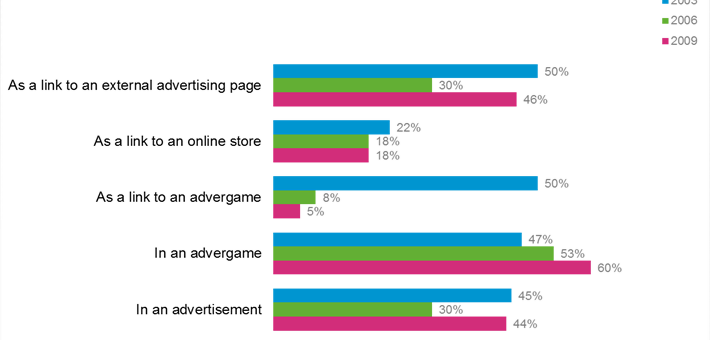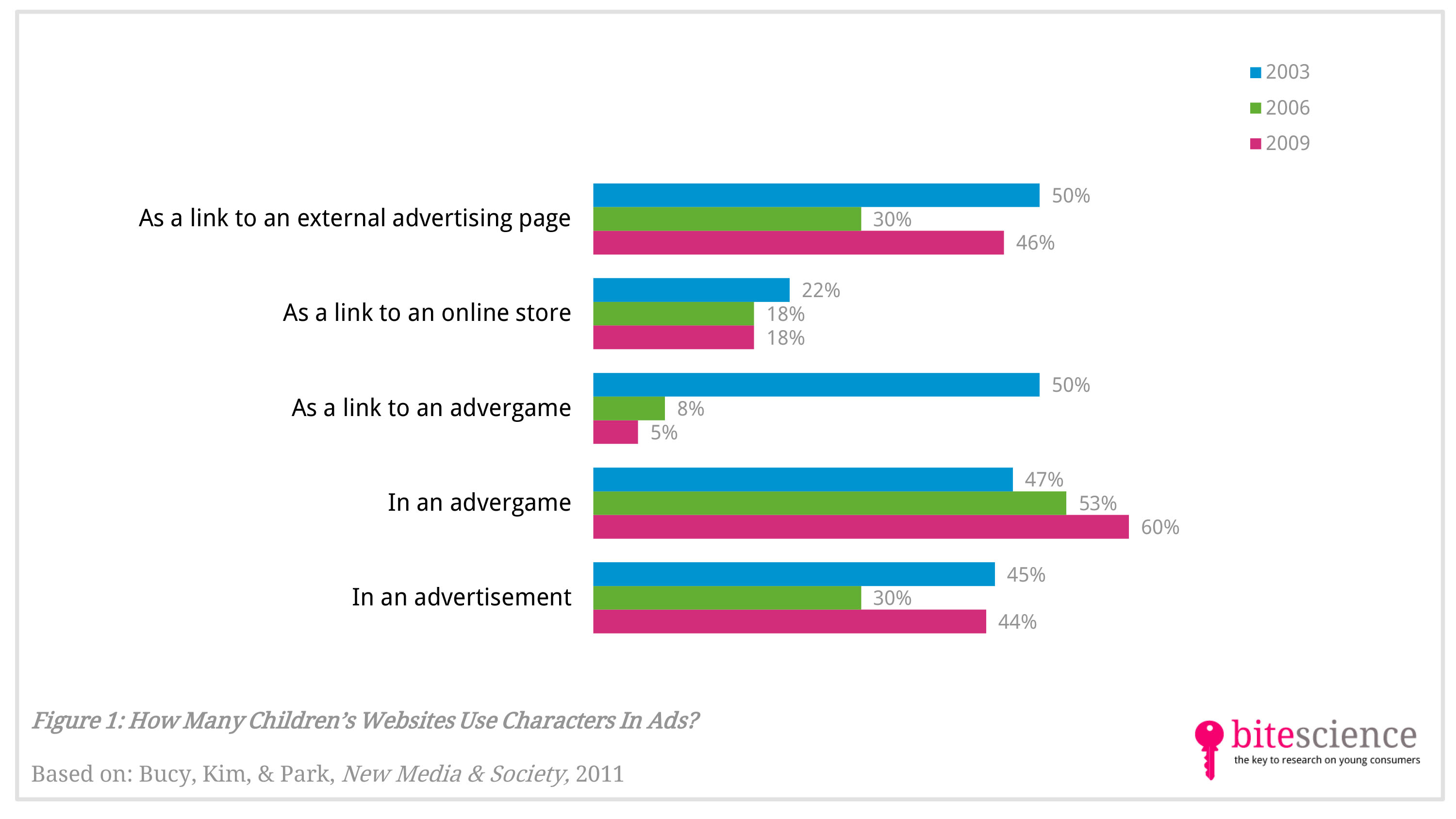
Fun Characters Abound in Ads For Kids—But Don’t Live up to Industry’s Own Guidelines
Characters in advertisements on kids’ websites are everywhere according to a New Media & Society study. Out of a hundred popular children’s websites, more than half used characters for advertising but most of those websites did not distinguish them from other content as ads (as recommended by self-regulatory advertising guidelines).
Take aways
- In the period of 2003 to 2009, more than half of popular children’s websites featured fun characters for advertising purposes.
- Of those websites, less than one quarter explicitly labeled their advertising content—despite the suggestions of self-regulatory guidelines.
Study information
The question?
To what extent do characters prevail in advertising messages on popular children’s websites and are these messages clearly separated from other content?
Who?
-
Where?
United States
How?
Researcher studied 101 commercial websites aimed at children aged 12 and younger over a six year period (2003, 2006 and 2009). The websites were selected from a list published by the Federal Trade Commission (2002) that was drawn up to investigate compliance with privacy policies. Each website’s homepage, games section, and individual games within the site were analyzed for the presence of characters, including popular cartoon and television characters (e.g., SpongeBob SquarePants), brand characters (e.g., Ronald McDonalds for McDonalds fast-food restaurants) and characters that are identical to a product, so-called product personalities (e.g., Barbie). In addition, researchers noted whether each online advertisement featuring a character were identified as advertisements (e.g., messages saying “Advertisment” or “Ad”).
Facts and findings
- Characters were very common in ads—more than half of the websites used them. Characters could be found in advertisements, advergames, or as a link to an external advertising page.
- Over the six years of the study, popular cartoon and TV characters surged while the use of brand characters and product personalities fell.
- More than three-quarters of the time, websites using characters for advertising failed to label them clearly as such.
- Self-regulatory advertising guidelines (e.g., CARU guidelines in the United States) encourage a clear separation of advertising from the other contents on a website, especially when that website is aimed at kids.
